A panel of Edmonton women working across politics, academia and design tackled the province’s housing crisis during a recent panel discussion.
Architecture firm DIALOG held a panel at its Edmonton office on March 8, International Women’s Day, titled Cities from Her Perspective featuring Edmonton-Highlands-Norwood MLA Janis Irwin, University of Alberta Housing for Health director and associate professor Karen Lee, Homeward Trust Edmonton CEO Susan McGee, City of Edmonton director of affordable housing and homelessness Christel Kjenner, Edmonton Downtown Business Association (EDBA) executive director Puneeta McBryan,DIALOG partner and architect Tai Zola and DIALOG partner and landscape architect Jill Robertson.
The event examined how design and housing intersect and what can be done from different perspectives to make housing affordable and alleviate a homelessness crisis affecting the city.
Kjenner said women were overrepresented both in terms of housing needs and poverty as reflected in city data and that core housing is not experienced by all people equally.
“Of single-parent, women-led households, 50 per cent of those renting are in core housing need. That’s kind of astonishing, but it highlights the significance of the issue. Women are (also) multiple things, there’s racialized women, women with kids, gender diverse folks and all of those different identities and layers can lead to discrimination that compounds issues,” she said.
McBryan said the current situation is the result of a number of societal and policy choices that she must now deal with as head of the EDBA.
“Housing is our number one priority. I think I can say that for downtown and that doesn’t only mean to end homelessness and to get everyone housed. That is a critical part of it, but it is also getting all kinds of housing built downtown, because when we talk about downtown vibrancy, the downtown economy, and what the future of downtowns needs to look like, it is housing,” she said.
“There’s cranes in the sky and buildings being built all the time, but we need to keep making sure that all kinds of housing for all kinds of people are being built, not only downtown, but across the city.”
Lee, who grew up in Edmonton and worked for then-Mayor Mike Bloomberg in New York City before returning, said part of that work was connecting across different sectors such as health and transportation in terms of design and urban planning.
“What we learned was that if we actually work together across sectors, we can make a huge difference in people’s health and in achieving things like health equity,” Lee said.
The research fed into her work at the University of Alberta’s Housing for Health initiative, which looks to improve not only housing developments but the neighbourhoods surrounding them. Proximity of public transportation was a key factor in determining economic and physical health.
“If you are in need of affordable housing, but that housing is actually located far from things like public transportation, that means that if you can’t afford a car it’s going to be hard for you to get to your job. It’s going to be hard for you to get a job and maintain it. It’s going to be hard for you to get to the grocery store. How are you going to be healthy?” she asked.
Irwin said while there is an ongoing homelessness crisis, non-profits and government are collaborating and doing work to mitigate the problem.
“I really am hopeful, despite the rising number and despite what we’re seeing firsthand, we’re seeing a lot of great work at the city level, seeing the federal government stepping up,” Irwin said. “There is a lot of hope, and we are seeing the collaboration that we need to see.”
Kjenner said the need for below-market cost housing needed to be addressed.
“There is a critical need for non-market housing. That means that there’s always going to be households in our society who will not have their housing needs met by the private market and that’s not because the private market is maximizing profit or greedy, it’s because the cost of land and of construction is what it is,” she said.
“Some people might go through a tough time in their life where they’re unable to work for a short period of time and need support, but we just need to start acknowledging that reality and starting to plan for how we’re going to meet those needs. To me that would be how we maximize inclusion and making sure everyone’s needs are met.”


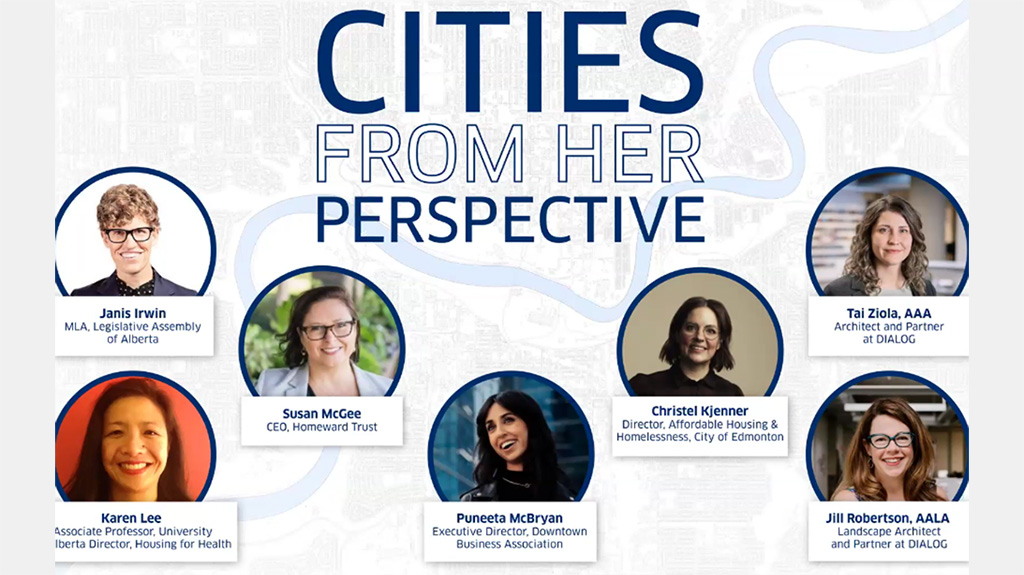
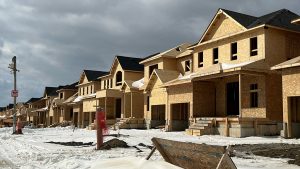


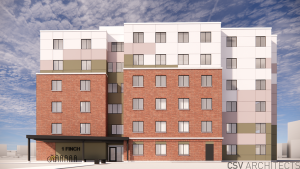
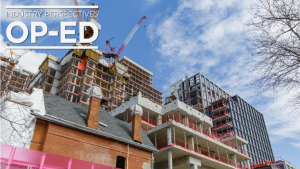

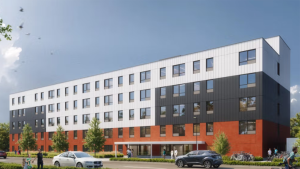

Recent Comments
comments for this post are closed